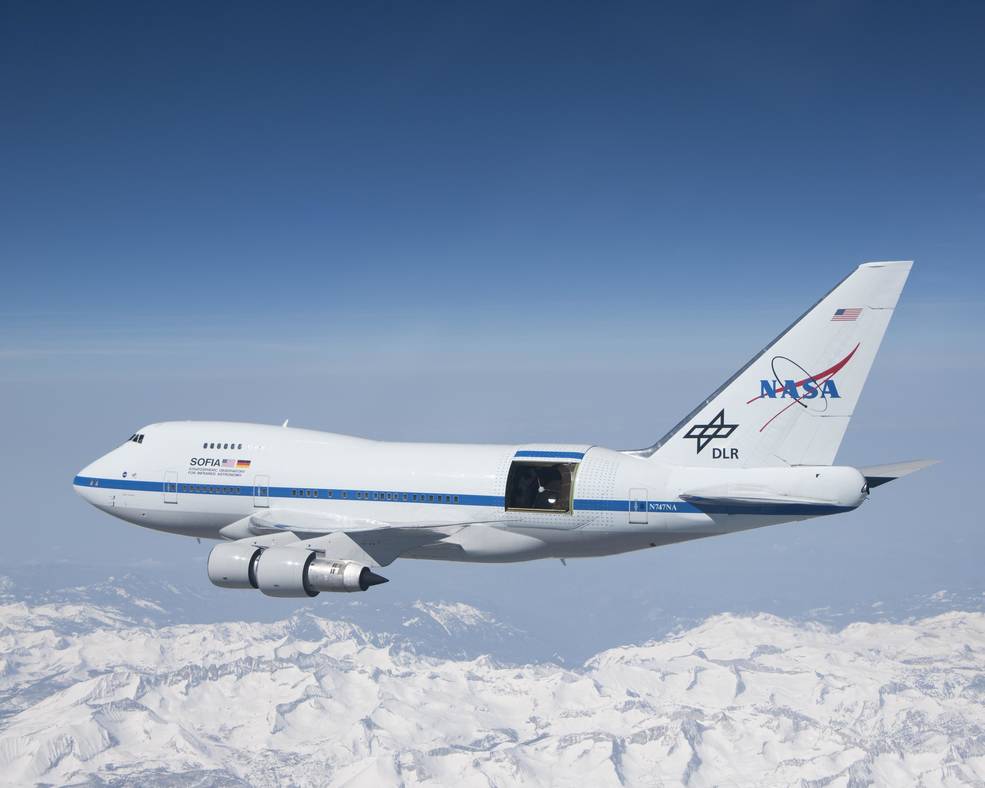NASA's retired flying telescope detects heavy oxygen in Earth’s upper atmosphere

NASA's now-retired Stratospheric Observatory for Infrared Astronomy (SOFIA) telescope has made the first-ever measurement of heavy atomic oxygen in Earth's upper atmosphere.
Heavy oxygen contains 10 neutrons rather than the normal eight of the more common oxygen. It is seen as a signature of biological activity, which is common in the lower atmosphere.
The GREAT instrument on the flying telescope measured the ratio of main to heavy oxygen in the mesosphere and lower thermosphere, making the first spectroscopic detection of heavy oxygen outside a laboratory.
The measurement of heavy oxygen is challenging because it appears very similar to the more abundant oxygen. However, SOFIA was able to distinguish between the two against the backdrop of the Moon - the Moon's brightness provided the necessary sensitivity to identify these subtle differences, according to a blog post.
The findings showed a factor difference ranging from 382 to 468 between the two oxygen types, which is similar to the ratio observed on the ground.
"There are processes that are altering these ratios. For Earth, this process is oxygenic life," said Helmut Wiesemeyer, a scientist at the Max Planck Institute for Radio Astronomy.
This research proves a technique that atmospheric scientists could use to investigate vertical mixing and its findings can help better define a biologically relevant boundary of Earth's atmosphere.
The researchers hope that future instruments with sensitivity to various oxygen signatures can utilize similar techniques to measure oxygen ratios in exoplanets - planets outside our solar system.
Combining high oxygen abundances with knowledge of the vertical mixing on these exoplanets could indicate biological activity. However, the researchers caution that such a study would require extremely high sensitivities that are not currently achievable with existing technologies.
"The idea is to first understand what happens in front of your own door before you go into deeper studies elsewhere," Wiesemeyer said.
- READ MORE ON:
- heavy oxygen in Earth’s upper atmosphere
- SOFIA telescope










